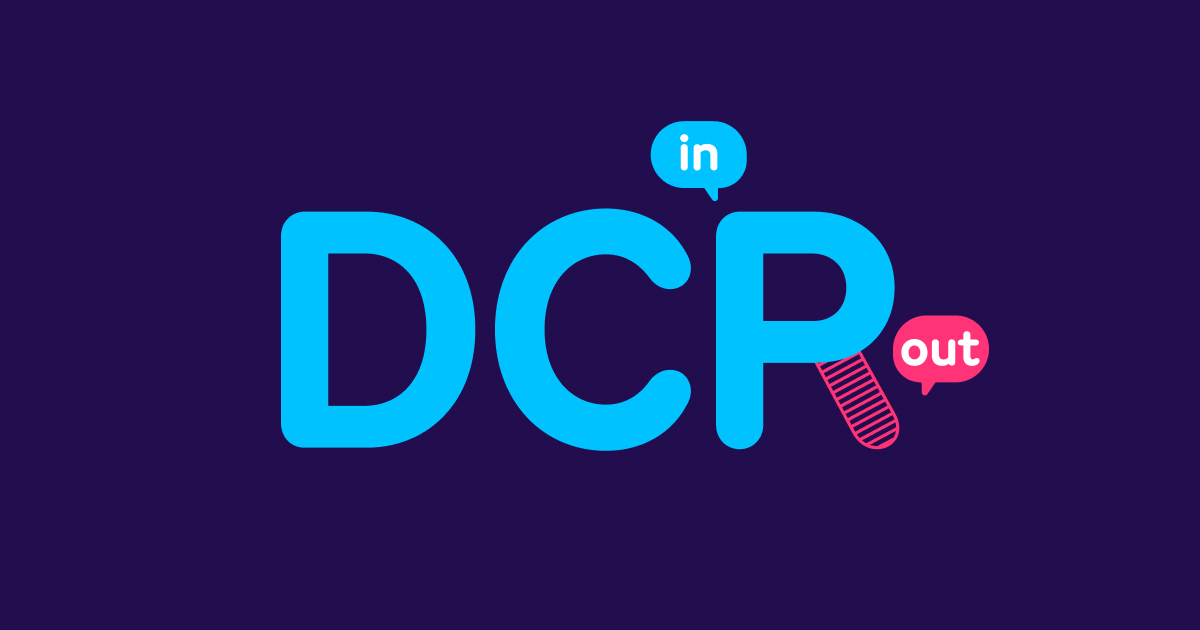
Customer acquisition cost (CAC)
Customer acquisition cost (CAC) is a metric that measures the total cost of acquiring a new customer, including all marketing and sales expenses. Tracking this helps businesses to optimize their marketing strategies and improve overall profitability.
Customer acquisition cost (CAC) is a marketing metric that measures the total cost a business incurs to acquire a new customer. CAC takes into account all the resources and expenses associated with attracting a potential customer and converting them into a paying one.
This includes:
- Marketing expenses (advertising, content creation, SEO)
- Sales team salaries and commissions
- Tools and software used in the sales and marketing process
- Overhead costs related to customer acquisition activities
CAC is an important metric for eCommerce apps and businesses because it directly impacts their profitability and growth potential. When you understand what you’re spending to acquire new customers, you can evaluate your marketing efforts and make data-driven decisions moving forward.
How to calculate CAC
It’s very straightforward to calculate CAC:
CAC = (Cost of sales + marketing expenses) / Number of new customers acquired
Let’s take a look at a few examples:
Example 1:
- Total marketing expenses: $10,000
- Sales team costs: $5,000
- Number of new customers acquired: 100
CAC = ($10,000 + $5,000) / 100 = $150 per customer
Example 2:
- Total marketing expenses: $50,000
- Sales team costs: $30,000
- Number of new customers acquired: 500
CAC = ($50,000 + $30,000) / 500 = $160 per customer
These examples show how CAC can vary based on marketing efforts and efficiency of customer acquisition strategies. In the second example, your spend was much higher, but this was largely offset by the increased number of customers.
In general, a lower CAC is desirable, but you also need to consider the customer’s lifetime value (LTV). If you’re bringing in a lot of low-spending customers, it may be time to adjust your strategy.
Why is CAC an important metric to measure?
Measuring CAC is crucial for several reasons. It can help you:
- Optimize your customer acquisition strategy: CAC helps your business identify and understand which marketing channels and tactics are most cost-effective, so you can allocate resources more efficiently.
- Improve marketing efficiency: By tracking CAC, you can pinpoint areas of overspending and adjust your marketing tactics to maximize return on investment.
- Forecast revenues: Understanding CAC enables you to make more accurate revenue projections, by factoring in the cost of acquiring new customers alongside expected sales.
- Improve ROI: By tracking CAC in relation to customer lifetime value, you can make sure your business is generating a positive return on marketing and sales investments.
- Highlight inefficiencies in marketing funnels: A high CAC means you’re spending a lot, but customers aren’t converting. This could indicate bottlenecks or problem areas in marketing and sales funnels.
- Benchmark performance: CAC lets you compare your acquisition efficiency against industry benchmarks, to see where you stand against competitors.
What is a good CAC?
A “good” CAC depends on various factors, including industry norms, business model, and target market. That said, there is a widely accepted method to evaluate CAC by comparing it to the customer’s lifetime value (LTV). This is known as the LTV-to-CAC ratio.
The LTV-to-CAC ratio is calculated as follows:
LTV-to-CAC ratio = Customer lifetime value / Customer acquisition cost
A healthy LTV-to-CAC ratio is typically considered to be 3:1 or higher. This means that the value a customer brings to your business over their lifetime should be at least three times the cost of acquiring them.
Let’s take a look at a few examples:
Example 1: eCommerce fashion retailer
- CAC: $50
- LTV: $200
- LTV-to-CAC ratio: 4:1
- This is a good ratio, showing that for every $50 spent on acquiring a customer, the retailer expects to earn $200 over the customer’s lifetime.
Example 2: SaaS business management tool
- CAC: $300
- LTV: $1,500
- LTV-to-CAC ratio: 5:1
- High ratios like this are common in SaaS businesses, where customers tend to stick around for longer periods, justifying higher acquisition costs.
Example 3: Mobile gaming app
- CAC: $2
- LTV: $8
- LTV-to-CAC ratio: 4:1
- The absolute values are smaller here but this ratio is still healthy for the mobile gaming industry, where user acquisition costs and in-app purchases tend to be lower.
In general, a higher LTV-to-CAC ratio is generally considered better, but an extremely high ratio might show underinvestment in growth. That’s why businesses should aim for a balance that allows sustainable growth while maintaining profitability.
CAC vs other metrics
Let’s check out a few other metrics to help put CAC into perspective.
- ROAS (return on ad spend): ROAS measures the revenue generated for every dollar spent on advertising. CAC looks at the total cost of acquisition, while ROAS focuses specifically on ad spend effectiveness. A high ROAS coupled with a reasonable CAC indicates efficient advertising strategies.
- CPA (cost per action): CPA is similar to CAC, but focuses on a specific action (like a sign-up or download) rather than a completed sale. Comparing CPA to CAC can help identify where potential customers might be dropping off in the conversion funnel.
- Retention rate: This metric measures the percentage of customers who continue to use your product or service over time. A low CAC is less impressive if paired with a poor retention rate, as it suggests you’re acquiring customers who don’t stick around.
- AOV (average order value): AOV represents the average amount spent by customers per transaction. Comparing AOV to CAC helps make sure that you’re not spending more to acquire a customer than they’re likely to spend, especially for businesses with low repeat purchase rates.
- LTV (lifetime value): As mentioned earlier, comparing LTV (sometimes known as CLV, or customer lifetime value) to CAC is crucial for understanding the long-term profitability of your customer acquisition efforts. It shows you whether a customer’s expected value justifies the cost of acquiring customers over time.
How to improve your CAC
Lowering your customer acquisition cost can significantly impact your business’ bottom line. Here are some best practices to lower your CAC.
- Invest in CRO (conversion rate optimization): Improving your app or website’s conversion rate allows you to acquire more customers from the same amount of traffic. This will, in time, lower your CAC. Best practices here involve A/B testing landing pages, optimizing checkout processes, and improving product descriptions.
- Improve customer service: Great customer service often leads to more referrals and positive reviews, which reduces the cost of acquiring new customers through word-of-mouth marketing. This can also help to increase customer lifetime value, thereby improving your LTV-to-CAC ratio.
- Implement a customer referral program: Your existing customers are great ambassadors for your business. Offering “refer a friend” incentives could significantly lower your CAC.
- Streamline your sales cycle: Analyze your sales processes to identify and eliminate unnecessary steps or bottlenecks. A more efficient sales cycle will reduce the time and resources spent on each prospect, thereby lowering overall CAC.
- Perform A/B testing: Continuously check and test different aspects of your marketing and sales processes. This includes copy, email subject lines, and landing page designs.
- Optimize conversion funnels: Analyze each stage of your conversion funnel(s) to pinpoint where potential customers are dropping off. This way you can address specific pain points and increase your overall conversion rate.
- Focus on customer retention: This won’t directly lower CAC, but by improving customer retention, you’ll increase the lifetime value of each customer, making a higher CAC more acceptable.
- Explore content marketing: Create valuable, informative content that attracts and engages your target audience. Content marketing can help build trust and establish authority, potentially lowering the cost of converting leads into paying customers.
Key takeaways
- Customer acquisition cost (CAC) is a crucial metric that measures the total cost of acquiring a new customer, including all marketing and sales expenses.
- Calculate CAC by dividing the total cost of sales and marketing by the number of new customers.
- A “good” CAC varies by industry but should be evaluated using the LTV-to-CAC ratio, with a 3:1 ratio generally considered healthy.
- Comparing CAC to other metrics like ROAS, CPA, retention rate, and AOV provides a more comprehensive view of business performance, ensuring you focus your efforts on customers who will create lasting value.
- Strategies to improve CAC include investing in CRO, implementing referral programs, streamlining your sales cycle, and optimizing your conversion funnel. Improving your service boosts retention, leading to a better LTV-to-CAC ratio.
Regularly monitoring and optimizing CAC is essential for maintaining profitability and driving sustainable business growth.



